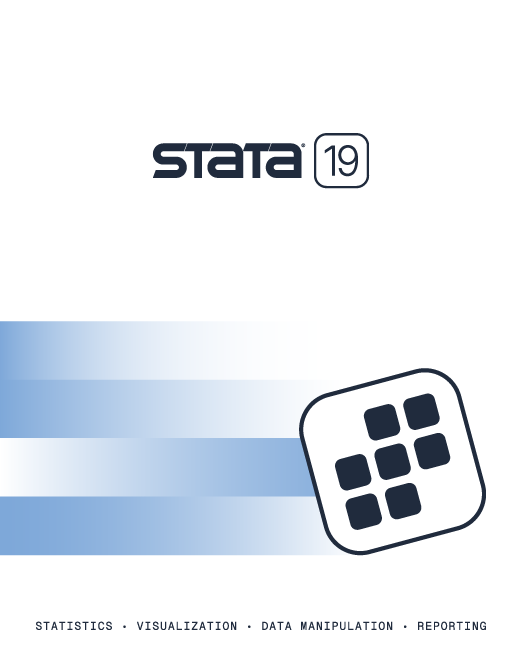



This course introduces multilevel/mixed modeling for nested and longitudinal data and its implementation in Stata. Mixed models contain both fixed effects, analogous to regression coefficients, and random effects, effects that vary across clusters. Participants will learn how to use mixed models to answer research questions about the observation- and cluster-level data and how to disaggregate these effects. Introductory theory, estimation, model building, and diagnostics will be discussed and demonstrated through many examples.
Are you more interested in panel-data models with unobserved individual-level heterogeneity, endogenous variables, or lagged variables? Check out our Panel-data analysis using Stata course.
← Back to all classroom and web training courses
Currently, there are no scheduled sessions of this course.
We offer a 15% discount for group enrollments of three or more participants
All prices USD.
Inform me of the next session ↓

Meghan Cain
Assistant Director, Educational Services
Meghan Cain is the Assistant Director of Educational Services at StataCorp LLC. She earned her PhD in quantitative psychology from the University of Notre Dame, where her research focused on structural equation modeling, multilevel modeling, and Bayesian statistics. At Stata, she oversees the development of statistical trainings and webinars, creates videos for the Stata YouTube channel, and reviews Stata Press books.
The nested data problem and potential solutions
The multilevel/mixed-effects model (MLMM) with mixed
Longitudinal data analysis
More complex models
Report results from a multilevel modeling analysis
“The course was great—exactly what I was looking for. The instructor did an excellent job making difficult concepts easy to understand, showing us tricks in using Stata, and she also skillfully answered many difficult questions.”
Dr. William Mangino
Associate Professor of Sociology
Hofstra University
Enrollment is limited. This course is offered in both classroom and web-based settings.
Classroom training courses are two-day courses that run from 8:30 a.m. to 4:30 p.m. each day. These courses take place at a training center where computers with Stata installed are provided. A continental breakfast, lunch, and an afternoon snack will also be provided; the breakfast is available before the course begins.
Web-based training courses are four-day courses that run for three to four hours daily with hourly breaks. You will be provided with a temporary Stata license to install on your computer, a printed copy of the course notes, and all the course datasets so that you can easily follow along.
Classroom and web training FAQs →